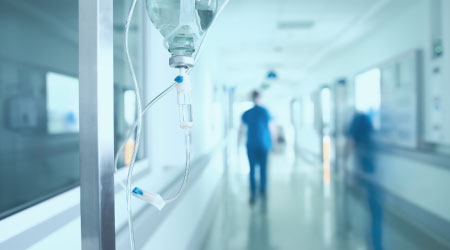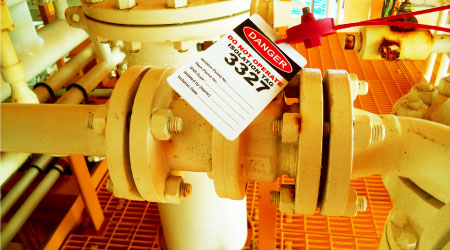
DHP Technology Proven to Reduce Infection Rates in Hospitals
April 20, 2022
Synexis received positive new data from a retrospective analysis evaluating the use of DHP Technology in a clinical setting. The data published in the American Journal of Infection Control (AJIC). The retrospective analysis assessed the efficacy of DHP Technology, in addition to standard manual cleaning, in reducing hospital-acquired infections (HAIs) in the intensive care unit (ICU) of a pediatric oncology hospital. As an adjunct technology for environmental cleaning, DHP contributed to the reduction in HAIs in this clinical setting.
“Standard cleaning and disinfecting protocols may not be sufficient for immunocompromised patients who are particularly susceptible to HAIs,” says Mario Melgar, medical director for Infection and Control.
The study was conducted between January 2019 and November 2020 at the pediatric ICU (PICU) at Unidad Nacional de Oncología Pediátrica (UNOP), the National Referral Center for Children with Cancer and a global partner of a leading pediatric cancer institution in the U.S. UNOP is a 65-bed pediatric oncology hospital located in Guatemala City, Guatemala. Though they follow all CDC guidelines and protocols for preventing HAIs, DHP Technology was added to standard environmental cleaning and disinfection in the PICU to determine its effect on HAI rates.
Between 2019 and 2020, the addition of DHP to standard cleaning resulted in a 44.3 percent reduction in HAI incidence (incidence rate difference, IRD = -21.20, p=0.0277) in the PICU, including a 76.4 percent reduction in Clostridioides-associated gastroenteritis (IRD=-8.23, p=0.0482), compared to the period before DHP installation. Additionally, only one case of hospital- acquired COVID-19-associated non-pneumonia respiratory infection occurred in the PICU where DHP was installed compared to a control area without DHP which experienced an increase in hospital-acquired non-pneumonia respiratory infections (IRD=2.52; p=0.028). This is consistent with recent studies that indicate DHP inactivates SARS-CoV-2 both in the air and on surfaces. 2,3 Overall, exposure to DHP led to a 61.4 percent reduced odds of contracting an HAI during their stay (OR=0.386; p=0.029). HAI incidence did not significantly change in another part of the hospital where DHP was not installed.
Synexis technology deploys DHP to actively clean the air and surfaces. DHP molecules travel throughout an enclosed space to reduce viruses, bacteria, mold, odors and many insects. Generated from ambient humidity and oxygen naturally present in the environment, DHP can be effectively delivered in occupied spaces at levels well below occupational airborne safety standards established by OSHA, which allows for continuous microbial reduction without disturbing normal operations and workflow.5 DHP is able to impact contaminants in air and on surfaces in hard-to-reach places.
Next
Read next on FacilitiesNet












